What is RAG in AI and Why Your Business Needs It?
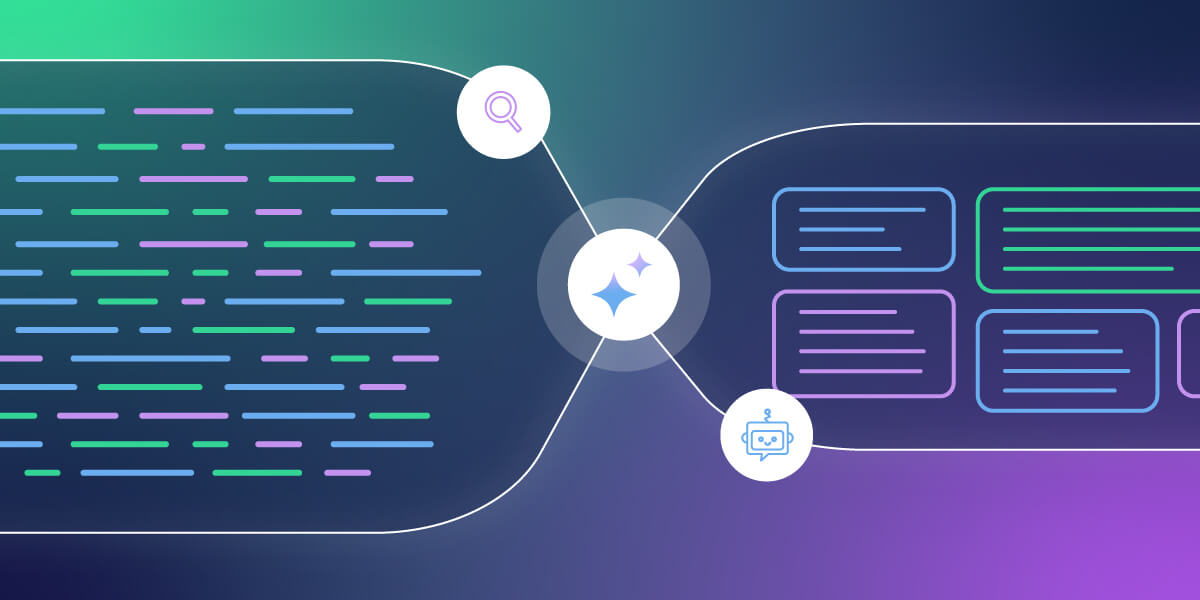
While AI continues to advance rapidly, one approach that’s gaining real traction in practical business settings is Retrieval-Augmented Generation—also known as RAG. If you’ve heard the term floating around in tech circles and wondered what RAG is in AI and why it matters for your business—then this guide is for you!
Whether you’re a freelancer, building a growing agency, or running a small business, RAG can help you build smarter support systems, create better content, and give your team instant access to your company’s knowledge—all without writing a single line of code. Sounds great, right?
Let’s get to it and break it all down.
What is RAG (Retrieval-Augmented Generation)?
RAG means Retrieval-Augmented Generation, which is a modern AI technique that combines two powerful capabilities:
- Retrieving information from a trusted source (like your most relevant documents, website, or internal knowledge base)
- Generating a natural-sounding response using the retrieved information
Some of the most popular AI tools, such as ChatGPT or Claude, are generative AI models. That means they create answers based on patterns they’ve learned from the internet. But here’s the catch—they don’t know your business. They might know some basic public information, but if essential information like your policies, product specs, or customer needs isn’t part of their training data, the answers they give can be vague or worse—flat-out wrong.
That’s where RAG comes in.
Instead of relying solely on what the model remembers, RAG systems “look up” relevant information in real time from a custom source (like your own knowledge base). Then, the AI uses that information to craft a grounded and accurate response.
Think of RAG like an AI that can “Google” your company’s internal data before answering a question.
So when someone asks your AI assistant, “What’s your return policy for international orders?”—it doesn’t guess and hallucinate. Instead, it’ll find the exact policy from your documentation and explain it clearly.
In short, RAG brings the power of search into the world of AI conversation.
How Does RAG in AI Work?
To keep things simple, think of RAG as a two-step process working quietly behind the scenes:
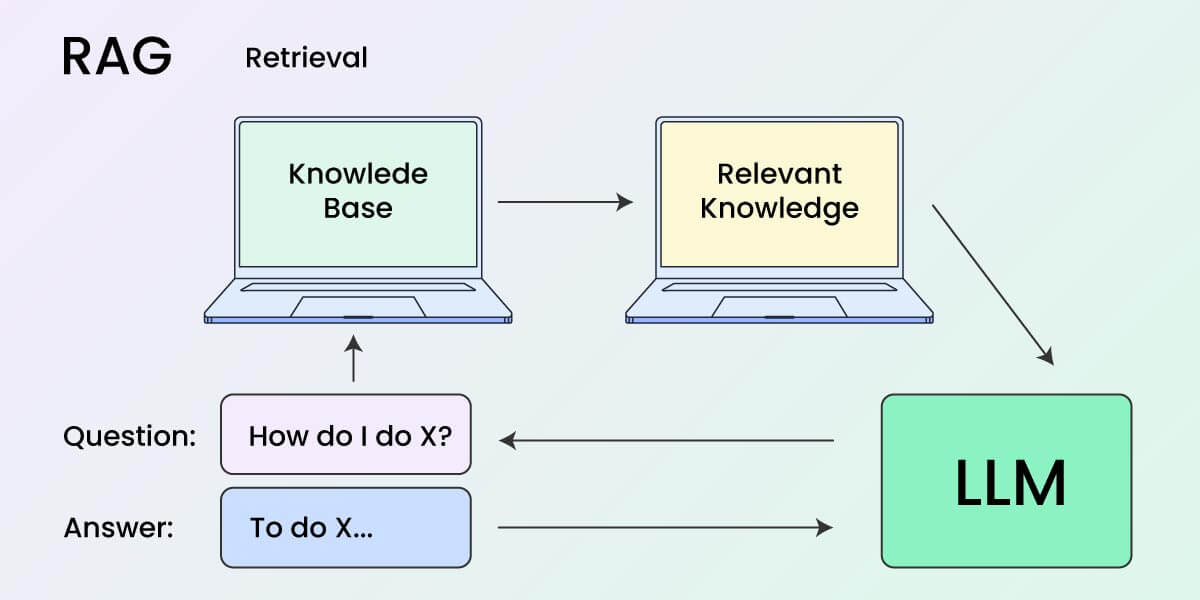
Step 1: Retrieval of information
The AI first looks for information that’s relevant to the question. This is done using a smart search tool that checks through a pre-indexed knowledge base—that could be your website, support docs, product manuals, or internal wiki.
But instead of looking for exact keyword matches, it uses semantic search. That means it understands the meaning behind the question and matches it to the most relevant content, even if the words aren’t exactly the same.
Here is a semantic search example:
If someone searches for “comfortable shoes for running” on an ecommerce platform, they might see results for “lightweight trainers” or “breathable athletic footwear” if the platform understands the user’s intent and the semantic meaning of those phrases.
Step 2: Generation of response
Now, after the relevant content has been found, a language model like GPT or Claude reads it and generates a natural-sounding answer based on it.
But here it gets interesting—The AI doesn’t just repeat the source word-for-word. It will explain it in a conversational tone—the way a helpful teammate or support rep would talk to you.
Let’s backtrack with the question we previously had: “What is your return policy for international orders” question scenario. So instead of saying:
“Refer to section 3.2 of the returns policy on our website.”
…it might say:
“You can return international orders within 30 days—just keep in mind that return shipping is at your expense.”That’s the power of RAG—it gives you the factual accuracy of a search engine combined with the clarity of a human response. Best of both worlds!
How Can Businesses Use RAG? (3 Common Use Cases)
You got this far in the article, so now you might be wondering, “OK, but how would this help my business? How can I benefit from that?” You’re not alone.
The best thing here is that RAG isn’t just for enterprises and tech giants. In fact, it’s ideal for small teams that want to do more with less.
Here are three ways agencies, freelancers, and SMBs can start benefiting from RAG today:
1. Smarter Customer Support (That Doesn’t Hallucinate)
Most AI customer support chatbots struggle with real-world support issues. They’re either too scripted or too generic. But with RAG, you can build a custom AI assistant that actually knows your business.
- Feed it your FAQs, policy documents, product guides, or past email templates
- Let customers ask natural questions, like “Can I change my subscription tier next month?”
- The AI retrieves the exact info and generates a confident, brand-aligned answer
This might result in fewer support tickets, faster answers, and happier customers, without hiring more support agents. Of course, you might have to make some tweaks and modifications at first to your internal documentations, FAQs, etc., but once everything is set up, everything should be a breeze.
You could even go the extra mile and set RAG in a way that can even be used internally to help your support team get quick answers while handling live chats or calls.
2. Instant Knowledge Access for Your Team
Once your internal knowledge base is connected, RAG becomes more than just a support tool—it becomes your team’s always-on assistant. Instead of pausing work to ask a teammate or digging through shared drives, emails, or Slack threads, your staff can simply ask a question and get an immediate and accurate answer.
Whether it’s a new hire getting up to speed, a team member handling a client call, or someone double-checking a workflow before a deadline, RAG can surface exactly what they need, without slowing them down.
Some of the practical use cases include:
- Onboarding and training: let new team members ask questions and get accurate answers pulled from your internal guides or SOPs.
- Task execution: find step-by-step instructions for internal processes, like submitting invoices or updating client dashboards.
- Real-time support during meetings: need a quick stat, link, or document reference while talking to a client? RAG will have your back.
With RAG, you can create something like a “smart search assistant” for your internal content. Your team would just type a question, and the AI fetches the right info from your SOPs, onboarding guides, or client briefs.
It’s like having a teammate who always knows where everything is and can answer any question in seconds.
3. Marketing and Content Creation on Autopilot
If your team is small, keeping up with content demands like blog posts, product updates, or marketing emails can be a challenge.
Let’s say you want to:
- Generate blog post outlines based on past reports
- Write product descriptions using your own feature docs
- Personalize email campaigns based on customer purchase history
With a RAG setup, you can automatically pull facts from your existing content and let the AI generate something new, clear, and aligned with your brand’s voice.
Keep in mind that it doesn’t invent things out of thin air. Instead, it repurposes what you already have, saving you hours of work. Let’s say you have a detailed PDF with all your product features and benefits. With RAG, your AI assistant can scan that document and help generate:
- A landing page headline based on your strongest selling points
- A short product description for your online store
- A quick-answer snippet for your chatbot when customers ask, “What’s the difference between the basic and premium plans?”
You’re not starting from scratch—the AI is simply pulling the right information from your content and shaping it into the format you need.
How to Start Using RAG (Even Without Tech Skills)
As we previously said—The best part is that you don’t need a technical team to get started with RAG today.
Here are three beginner-friendly ways you can adopt RAG in your business:
1. Use a No-Code RAG Platform
Several tools now let you upload content and get a working RAG assistant within minutes, such as Chatbase, Twilio AI Assistants, Heyday (by Hootsuite), and Notion AI.
These platforms handle everything behind the scenes (like document indexing, embedding, retrieval, and generation) so you don’t have to worry about any of the technical setup.
What does that actually mean?
When you upload your content (whether it’s FAQs, PDFs, website copy, or internal docs), the system automatically breaks it into chunks, understands the context using AI (that’s the embedding), and creates a fast way to search through it when someone asks a question.
You don’t need to know how vector databases work or how to fine-tune a language model.
All you need to do is:
- Upload your content (or paste in URLs, depending on the platform)
- Tell the platform what types of questions you expect
- Choose how and where the assistant will appear (on your website, in a chat widget, inside your CRM, etc.)
The result? You’ll have an AI assistant that feels like it was trained on your business, without ever touching code. It’s a plug-and-play way to bring RAG into your daily workflow—whether you want to improve support, onboard clients faster, or speed up internal communication.
2. Add RAG to Your Website Chatbot
If you’re already using live chat tools (like Intercom, Drift, Crisp, or Zendesk), good news—you may already have the foundation for RAG built in.
Many of these platforms are now offering AI integrations that let you connect a custom knowledge base (or even an entire folder of help docs) to the chat experience. Instead of relying on keyword search triggers or pre-set flows, your chatbot can now answer questions by searching your content and generating human-like responses, powered by RAG.
Why is this valuable for your business?
- You don’t need to replace your existing support stack.
- Your chatbot becomes smarter over time, especially as your knowledge base grows.
- The responses are more accurate, consistent, and tailored to your brand tone – because they’re based on your actual content, not random web data.
Imagine a user lands on your pricing page and asks, “Do you offer bulk discounts for agencies?”
Instead of a generic “Let me connect you to support,” your AI-powered chatbot could respond with:
“Yes, we offer discounted rates for agency packages starting at 10 client accounts. You can learn more on our reseller page or request a custom quote here.”That kind of direct, helpful answer reduces friction, shortens sales cycles, and frees up your human team for more complex queries.
Pro tip:
Some platforms allow you to train the bot on a mix of articles, past chat logs, and help center pages, making your chatbot a true extension of your support team.
If you’re an agency or a small business with a website and live chat, adding RAG support can give your customers a high-quality, self-service experience without you being online 24/7.
3. Go Open-Source (If You Have Technical Help)
If you’re looking for more control, deeper customization, or want to build something completely unique for your business, you can explore the open-source RAG ecosystem. This route gives you the flexibility to design a solution that’s tailored to your exact workflows, brand voice, or data privacy needs.
But here’s the tradeoff—you’ll need a developer or an AI-savvy freelancer to help set things up, because of the technical complexities.
Here’s a quick look at the key components that make up a custom RAG system:
Frameworks to Build With:
- LangChain: A modular framework that makes it easier to connect large language models (like GPT-4 or Claude) with custom tools, APIs, and data sources. Great for chaining steps like retrieval, summarization, and follow-up generation in complex flows.
- LlamaIndex: Built specifically to help developers connect large language models to external data, like PDFs, Notion pages, or Google Docs. It’s focused on the document ingestion and retrieval part of the pipeline.
Vector Databases (Where Your Data Lives):
- Qdrant, Pinecone, and Weaviate are popular tools that store your document embeddings (AI-friendly formats) and enable lightning-fast similarity search. This is the “retrieval” part of Retrieval-Augmented Generation.
Imagine this case—a digital agency builds an internal RAG assistant that pulls from all their client briefs, creative strategy decks, and ad campaign performance reports. When a strategist types “What were the top-performing Facebook ad variations for the skincare brand last quarter?” The assistant retrieves relevant performance data and copy, then summarizes it in natural language.
Why go custom?
- You can connect to niche tools or legacy systems
- You can implement advanced filters (e.g., only search data from a specific client or date range)
- You control the security and privacy of your data
- You can embed the assistant into internal dashboards, CRMs, or apps
Keep in mind:
- You’ll need to handle hosting, updates, and fine-tuning yourself or via your tech partner
- Costs may vary depending on the infrastructure and usage
Tip:
Many businesses start with a no-code RAG platform (like Chatbase or Twilio), see clear ROI, and then decide to invest in a custom setup to scale or integrate more deeply into operations.
If you’re an agency or growing business with in-house devs or a tech-savvy partner, this path opens up a highly strategic edge in how you deliver support, access knowledge, or even build AI-powered products for clients, but as we said—it’ll require technical assistance from a tech-savvy person.
How to Actually Get Started with RAG
1. Identify the Right RAG Use Case for Your Business
Before implementing Retrieval-Augmented Generation (RAG), identify a clear, high-impact use case. Focus on areas where customers or team members frequently ask questions or need access to context-specific information.
Think about the most common natural language queries your support team receives or what internal teams often search for across shared drives.
Examples include answering questions about product specifications, automating onboarding FAQs, or surfacing key process documentation.
2. Gather Relevant Business Content for RAG
RAG systems rely on high-quality unstructured data to generate relevant and coherent responses. Start by gathering internal documents, customer service transcripts, standard operating procedures (SOPs), and help articles.
The goal is to build a centralized knowledge base that your RAG model can retrieve from. This can include:
- Help center articles
- Internal wikis or SOPs
- Product or service documentation
- Blog posts, guides, or even support email templates
Preprocess the data using natural language processing techniques like chunking, tokenization, and entity recognition to improve retrieval quality.
Important!
Make sure that this content/information is factually correct and up to date, because the generated responses otherwise would be inaccurate!
3. Select a RAG Platform and/or Tool
If you’re not a developer, choose a no-code or low-code RAG implementation.
These platforms often integrate with pre-trained large language models and manage the document embedding and vector search behind the scenes:
- ChatGPT Plus: upload your own content and use it like a retrieval engine
- LangChain templates: a flexible framework to build RAG pipelines with prompt engineering and retrieval tuning
- OpenAI Assistants API: great for embedding natural language interfaces into business tools
- Enterprise tools: tools like Perplexity Pages, Arcwise, or Glean combine vector databases and semantic search to scale efficiently
Each solution uses vector embeddings to encode your documents and semantic similarity to match them with user intent, making the traditional keyword search methods increasingly obsolete.
4. Test Like a Real User
Testing matters.
Input real-world questions that reflect how people naturally phrase things, with spelling errors, incomplete thoughts, or vague wording.
This is how you ensure your retrieval model and generative AI component work effectively. Instead, mimic how real users talk—messy, unclear, with typos or half-finished thoughts. Try questions like:
- “Do you refund if I ship back late?”
- “How do I fix the handle if it comes loose?”
- “What do I say if a client is unhappy?”
Use the test results to refine your prompt templates, improve data indexing, or provide more grounding documents. RAG systems perform best when they’re aligned with user query intent and designed to minimize hallucination risks.
5. Add a Human Backup Plan
Even with solid AI systems, generative models can misinterpret edge cases or lack niche context. Always implement fallback logic to route low-confidence responses to humans.
- Escalate high-risk or sensitive queries to support staff
- Use feedback loops to update your embeddings and improve retrieval
- Monitor model accuracy to detect drift or degradation over time
This hybrid model (AI + human oversight) keeps your system accurate and trustworthy, especially in customer-facing or regulated environments.
Is RAG in AI Right for Your Business?
If your business relies on knowledge, support, or content (and let’s face it—that’s most businesses), then RAG is one of the most practical AI tools you can adopt.
Instead of waiting for your favorite AI tool to guess the right answer, RAG lets you feed it exactly what it needs to know—so every answer is accurate, on-brand, and useful.
Let’s recap:
- RAG is more reliable than basic AI because it fetches real info from your data sources
- It works with your existing content—no need to “train” a model from scratch
- It saves time for your team and customers, with better and faster answers
- You don’t need to be technical to use it—thanks to no-code RAG tools and platforms
Still not sure if RAG fits your needs? Here’s a quick checklist:
- Do you have a support team or a growing FAQ section?
- Do your team members often ask repeat questions?
- Do you publish guides, policies, case studies, or product docs?
- Do you want to automate or scale content creation without sacrificing quality?
If you said yes to any of those – RAG is worth exploring.
Before you plug RAG into your support workflows, content tools, or chat widgets – you need a strong digital foundation. Whether you’re hosting help docs, building a branded website, or simply securing a domain for your next AI-powered project, SiteGround has your back.
From ultra-fast hosting to a powerful site builder and email marketing tools, we make it easy to launch, grow, and scale – no matter how tech-savvy (or not) you are. Explore our hosting solutions and build your AI-ready online presence today.

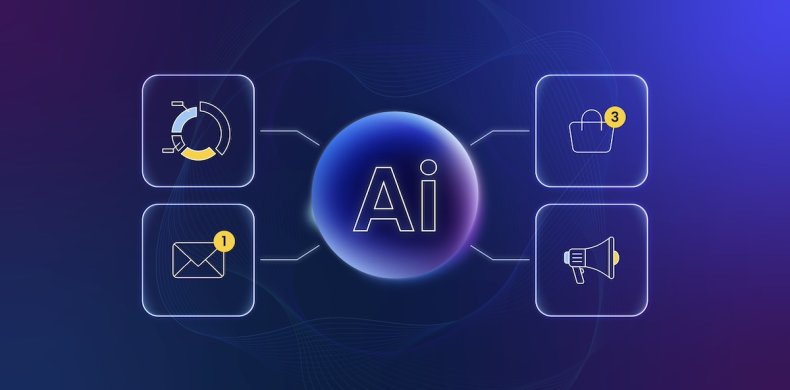
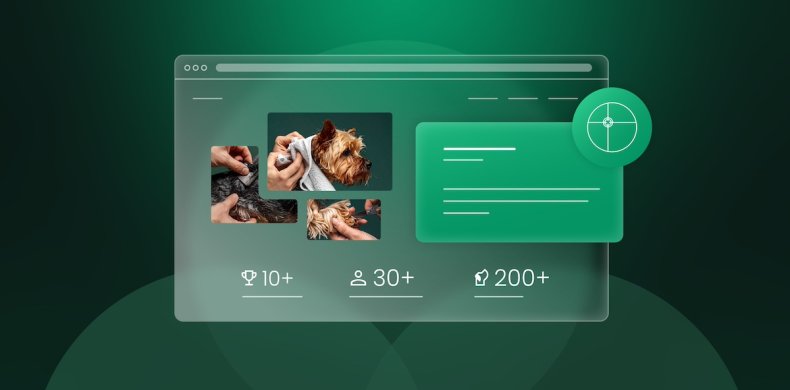
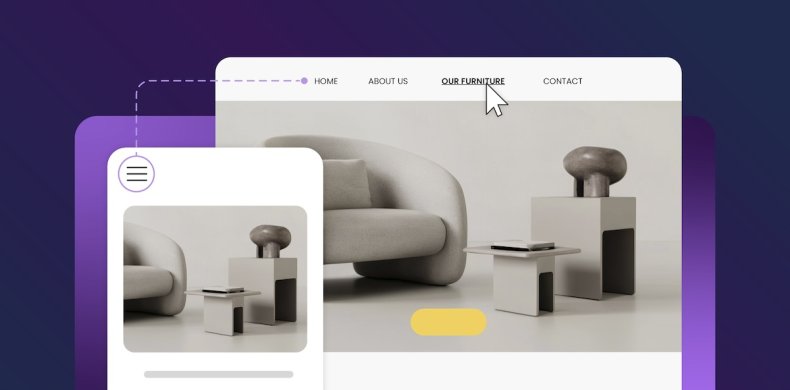
Comments ( 0 )
Thanks! Your comment will be held for moderation and will be shortly published, if it is related to this blog article. Comments for support inquiries or issues will not be published, if you have such please report it through our official channels of communication.
Leave a comment
Thanks! Your comment will be held for moderation and will be shortly published, if it is related to this blog article. Comments for support inquiries or issues will not be published, if you have such please report it through our official channels of communication.